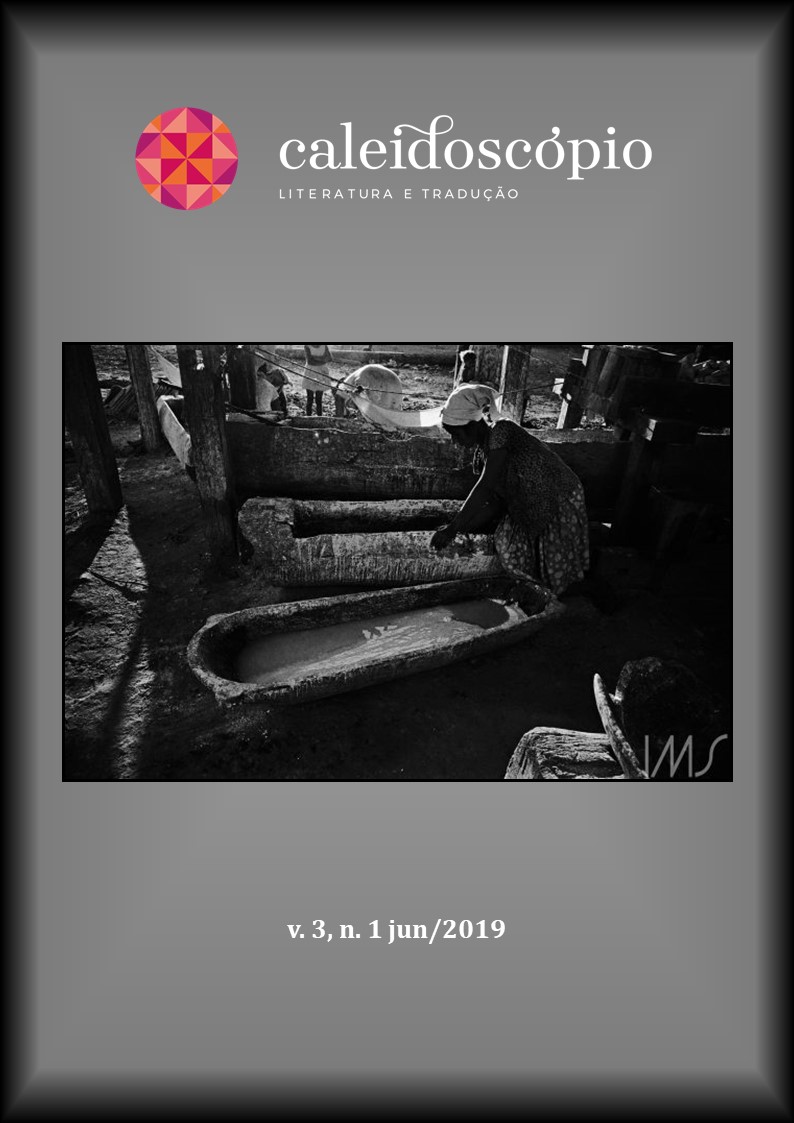Reaching a foreign audience
Cultural transfers in audiovisual translation
DOI :
https://doi.org/10.26512/caleidoscopio.v3i1.25323Mots-clés :
Audiovisual translation. Cultural transfer. Culture-specific references. Foreignisation. Domestication.Résumé
This paper examines some of the issues involved in the intercultural transfer of films. It focuses on the translation of culture-specific references and questions in particular the validity of the notions of foreignisation and domestication, brought to the fore of Translation Studies by Venuti (1995), as a conceptual framework traditionally used to discuss the strategies applied when translating cultural specifics. Drawing on the findings of a pilot study consisting of three French films dubbed and subtitled into English, this paper suggests a theoretical challenge by proposing a more pragmatic approach to the study of cultural transfer in audiovisual translation (AVT). More particularly, it will examine whether it is possible to observe any form of consistency in the strategies used for the translation of culturally-bound references and what this implies for the dialogic relationship between Self and Other, and the representation of alterity.
KEYWORDS: Audiovisual translation, cultural transfer, culture-specific references, foreignisation, domestication
Téléchargements
Téléchargements
Publié-e
Comment citer
Numéro
Rubrique
Licence
Mention de droit d'auteur
Les auteurs qui publient dans cette revue acceptent les termes suivants :
- Les auteurs conservent le droit d'auteur et accordent à la revue le droit de première publication, l'ouvrage étant alors disponible simultanément, sous la Licence d’attribution Creative Commons permettant à d'autres de partager l'ouvrage tout en en reconnaissant la paternité et la publication initiale dans cette revue.
- Les auteurs peuvent conclure des ententes contractuelles additionnelles et séparées pour la diffusion non exclusive de la version imprimée de l'ouvrage par la revue (par ex., le dépôt institutionnel ou la publication dans un livre), accompagné d'une mention reconnaissant sa publication initiale dans cette revue.
- Les auteurs ont le droit et sont encouragés à publier leur ouvrage en ligne (par ex., dans un dépôt institutionnel ou sur le site Web d'une institution) avant et pendant le processus de soumission, car cela peut mener à des échanges fructueux ainsi qu'à un nombre plus important, plus rapidement, de références à l’ouvrage publié (Voir The Effect of Open Access).




.png)
